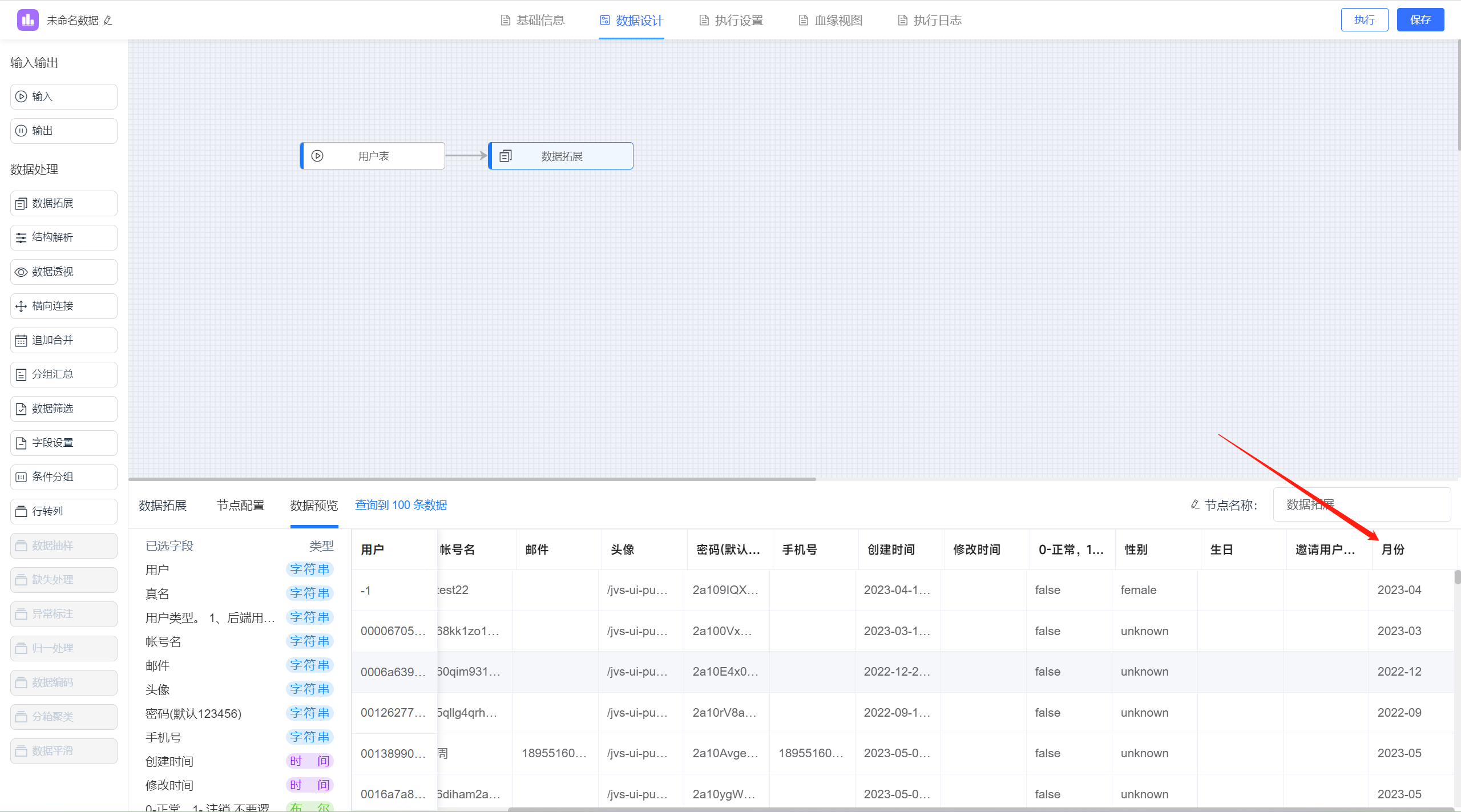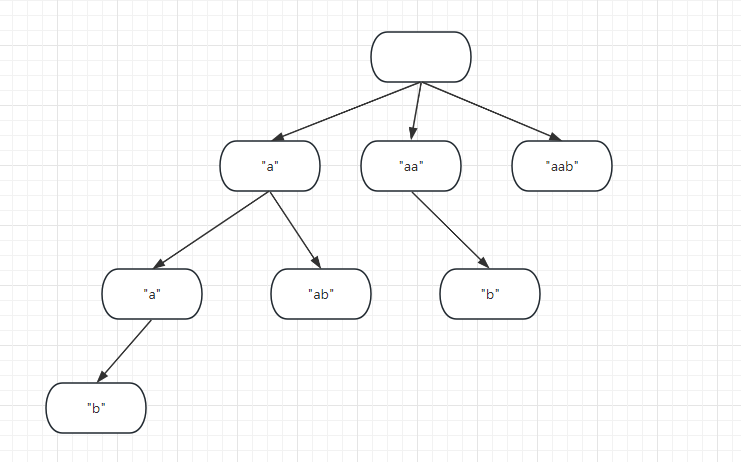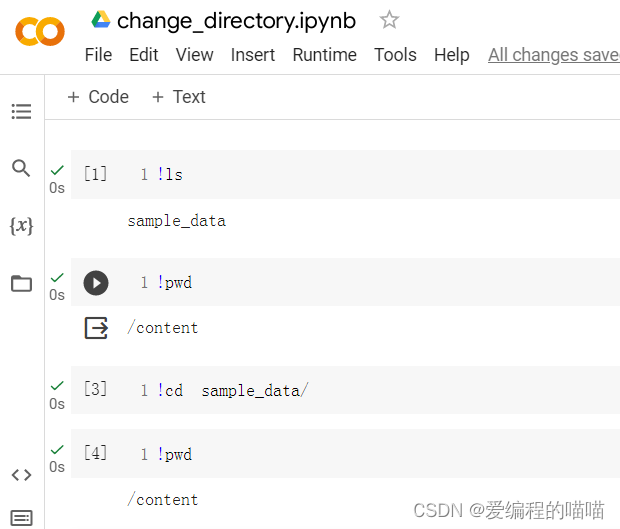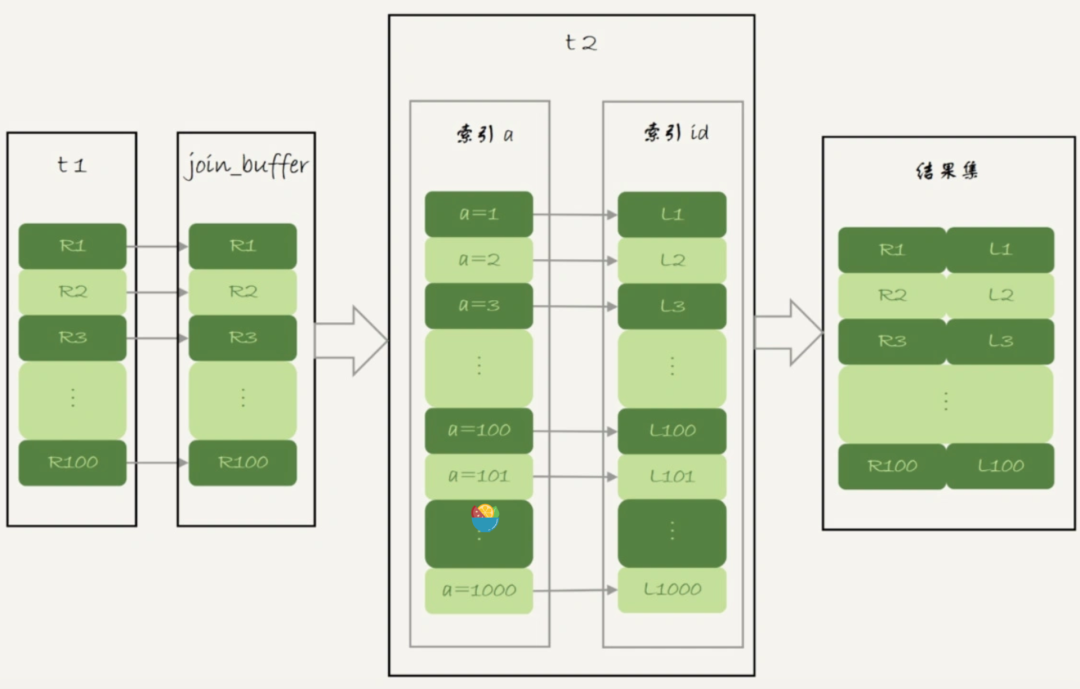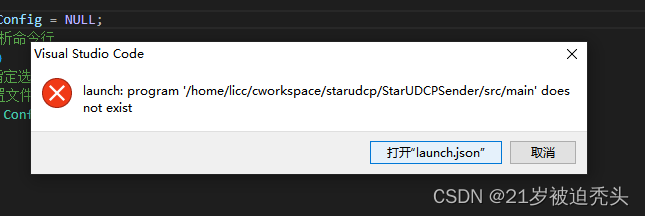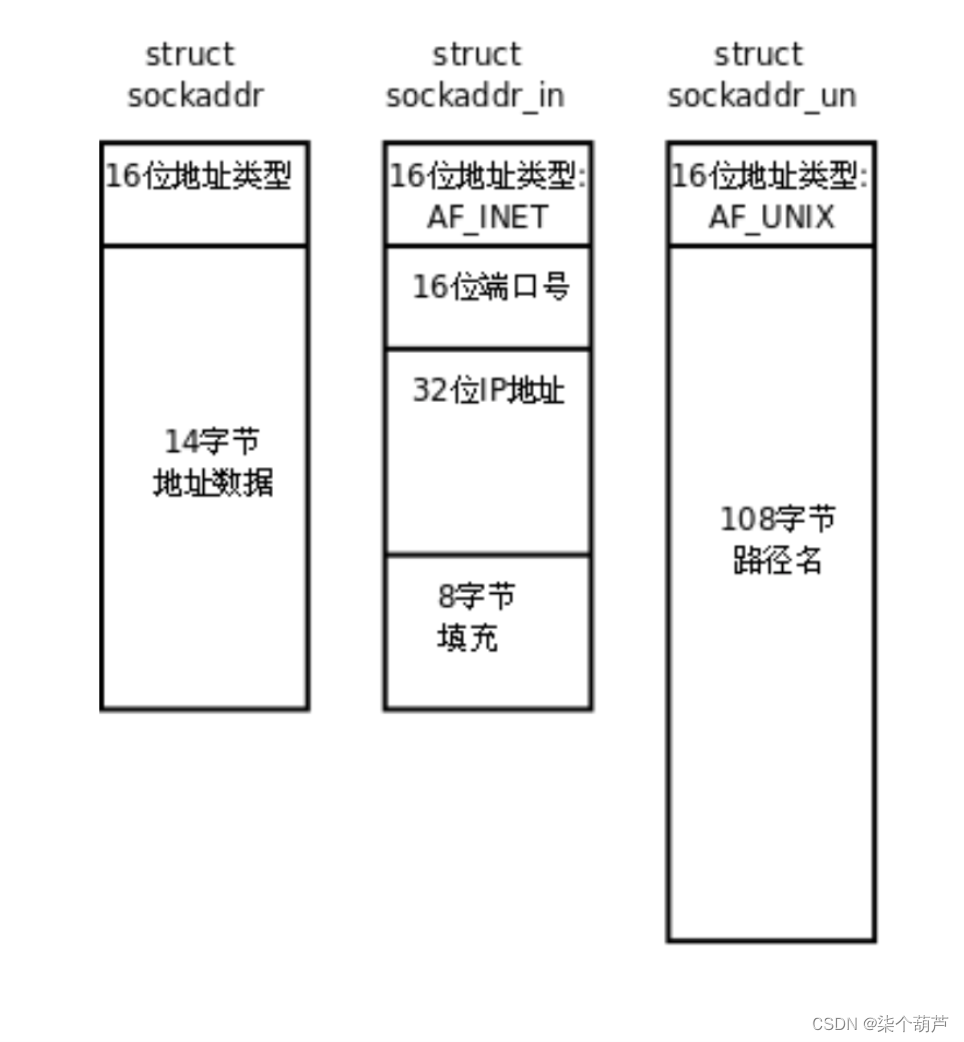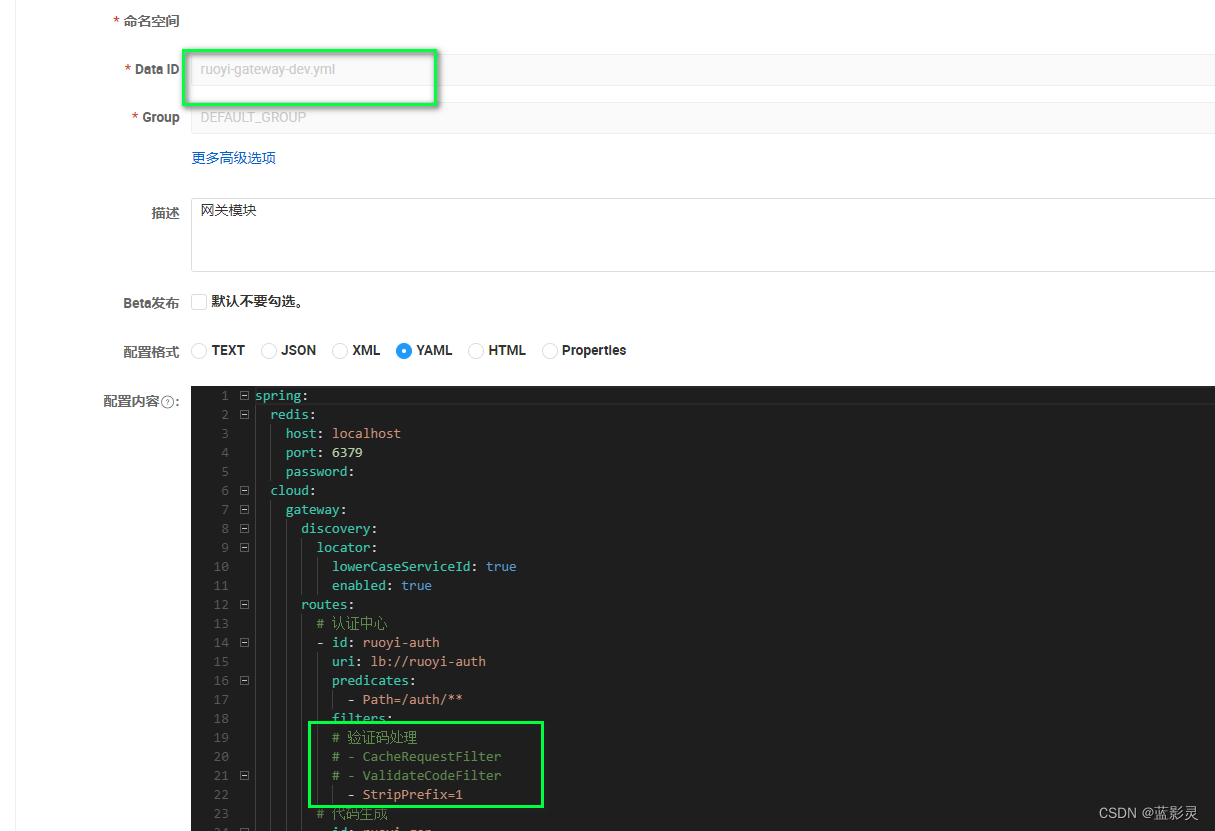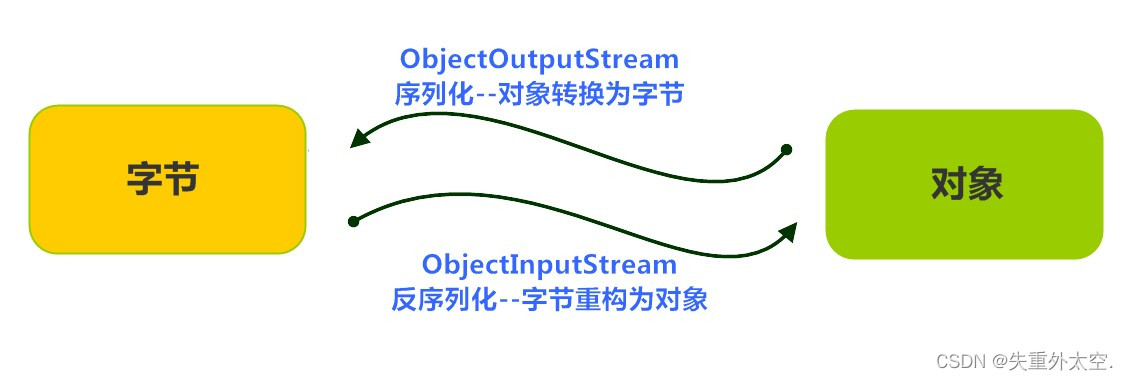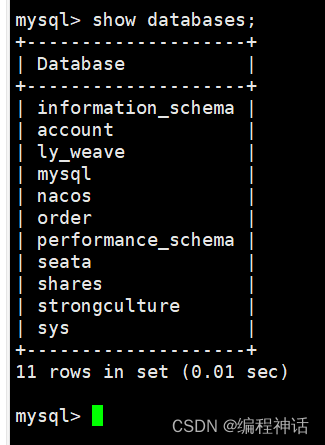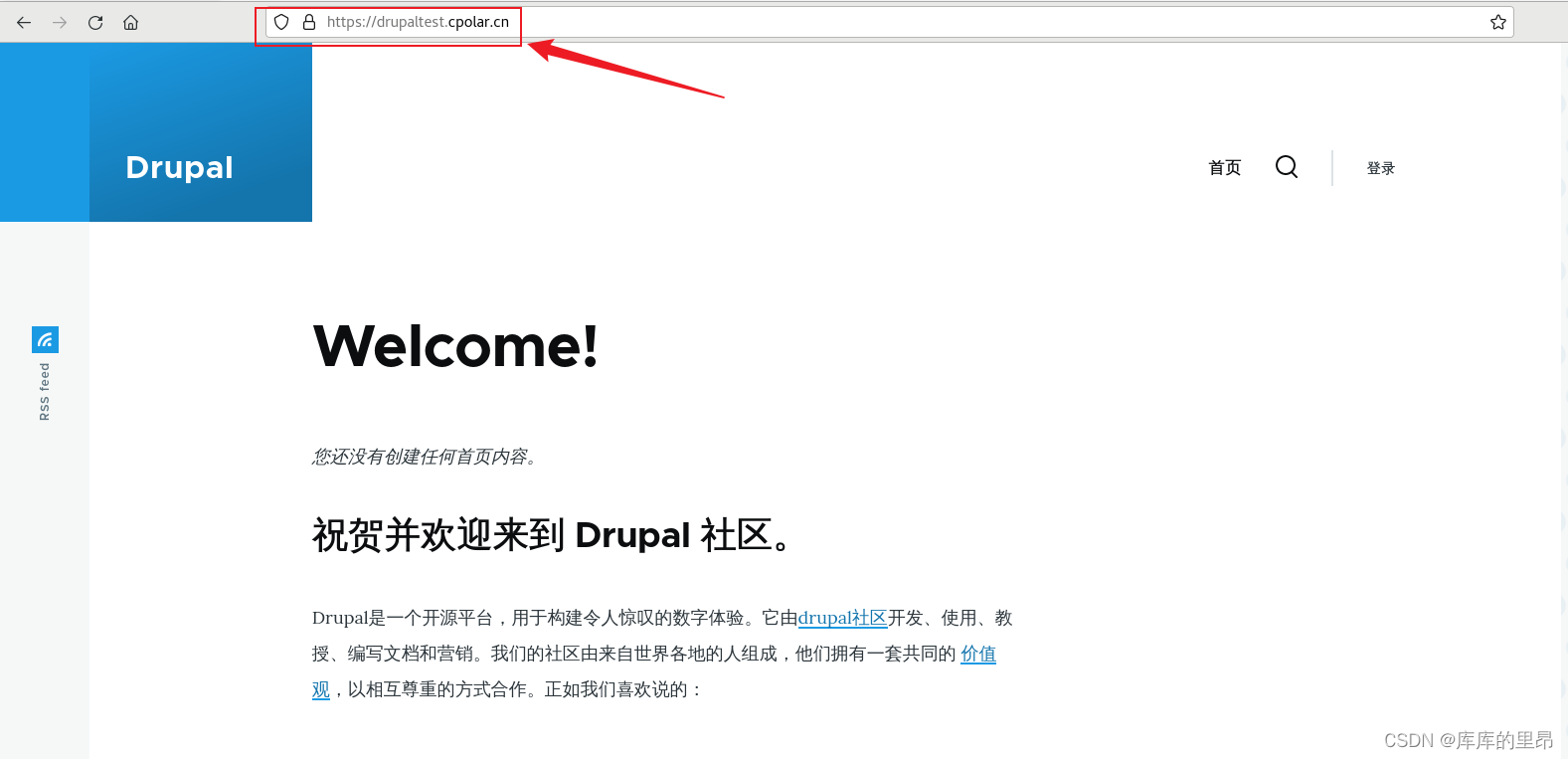一、声明式导航-导航链接
1.需求
实现导航高亮效果

如果使用a标签进行跳转的话,需要给当前跳转的导航加样式,同时要移除上一个a标签的样式,太麻烦!!!
2.解决方案
vue-router 提供了一个全局组件 router-link (取代 a 标签)
- 能跳转,配置 to 属性指定路径(必须) 。本质还是 a 标签 ,to 无需 #
- 能高亮,默认就会提供高亮类名,可以直接设置高亮样式
语法: <router-link to=“path的值”>发现音乐</router-link>
<div><div class="footer_wrap"><router-link to="/find">发现音乐</router-link><router-link to="/my">我的音乐</router-link><router-link to="/friend">朋友</router-link></div><div class="top"><!-- 路由出口 → 匹配的组件所展示的位置 --><router-view></router-view></div></div>
3.通过router-link自带的两个样式进行高亮
使用router-link跳转后,我们发现。当前点击的链接默认加了两个class的值 router-link-exact-active和router-link-active
我们可以给任意一个class属性添加高亮样式即可实现功能
<template><div><div class="footer_wrap"><router-link to="/find">发现音乐</router-link><router-link to="/my">我的音乐</router-link><router-link to="/friend">朋友</router-link></div><div class="top"><!-- 路由出口 → 匹配的组件所展示的位置 --><router-view></router-view></div></div>
</template><script>
export default {};
</script><style>
body {margin: 0;padding: 0;
}
.footer_wrap {position: relative;left: 0;top: 0;display: flex;width: 100%;text-align: center;background-color: #333;color: #ccc;
}
.footer_wrap a {flex: 1;text-decoration: none;padding: 20px 0;line-height: 20px;background-color: #333;color: #ccc;border: 1px solid black;
}
.footer_wrap a.router-link-active {background-color: purple;
}
.footer_wrap a:hover {background-color: #555;
}
</style>
4.总结
- router-link是什么?
- router-link怎么用?
- router-link的好处是什么?
二、声明式导航-两个类名
当我们使用<router-link></router-link>跳转时,自动给当前导航加了两个类名

1.router-link-active
模糊匹配(用的多)
to=“/my” 可以匹配 /my /my/a /my/b …
只要是以/my开头的路径 都可以和 to="/my"匹配到
2.router-link-exact-active
精确匹配
to=“/my” 仅可以匹配 /my
3.在地址栏中输入二级路由查看类名的添加
4.总结
- router-link 会自动给当前导航添加两个类名,有什么区别呢?
三、声明式导航-自定义类名(了解)
1.问题
router-link的两个高亮类名 太长了,我们希望能定制怎么办

2.解决方案
我们可以在创建路由对象时,额外配置两个配置项即可。 linkActiveClass和linkExactActiveClass
const router = new VueRouter({routes: [...],linkActiveClass: "类名1",linkExactActiveClass: "类名2"
})

3.代码演示
// 创建了一个路由对象
const router = new VueRouter({routes: [...], linkActiveClass: 'active', // 配置模糊匹配的类名linkExactActiveClass: 'exact-active' // 配置精确匹配的类名
})
4.总结
如何自定义router-link的两个高亮类名
四、声明式导航-查询参数传参
1.目标
在跳转路由时,进行传参

比如:现在我们在搜索页点击了热门搜索链接,跳转到详情页,需要把点击的内容带到详情页,改怎么办呢?
2.跳转传参
我们可以通过两种方式,在跳转的时候把所需要的参数传到其他页面中
- 查询参数传参
- 动态路由传参
3.查询参数传参
-
如何传参?
<router-link to=“/path?参数名=值”></router-link>
-
如何接受参数
固定用法:$router.query.参数名
4.代码演示
App.vue
<template><div id="app"><div class="link"><router-link to="/home">首页</router-link><router-link to="/search">搜索页</router-link></div><router-view></router-view></div>
</template><script>
export default {};
</script><style scoped>
.link {height: 50px;line-height: 50px;background-color: #495150;display: flex;margin: -8px -8px 0 -8px;margin-bottom: 50px;
}
.link a {display: block;text-decoration: none;background-color: #ad2a26;width: 100px;text-align: center;margin-right: 5px;color: #fff;border-radius: 5px;
}
</style>
Home.vue
<template><div class="home"><div class="logo-box"></div><div class="search-box"><input type="text"><button>搜索一下</button></div><div class="hot-link">热门搜索:<router-link to="/search?key=黑马程序员">黑马程序员</router-link><router-link to="/search?key=前端培训">前端培训</router-link><router-link to="/search?key=如何成为前端大牛">如何成为前端大牛</router-link></div></div>
</template><script>
export default {name: 'FindMusic'
}
</script><style>
.logo-box {height: 150px;background: url('@/assets/logo.jpeg') no-repeat center;
}
.search-box {display: flex;justify-content: center;
}
.search-box input {width: 400px;height: 30px;line-height: 30px;border: 2px solid #c4c7ce;border-radius: 4px 0 0 4px;outline: none;
}
.search-box input:focus {border: 2px solid #ad2a26;
}
.search-box button {width: 100px;height: 36px;border: none;background-color: #ad2a26;color: #fff;position: relative;left: -2px;border-radius: 0 4px 4px 0;
}
.hot-link {width: 508px;height: 60px;line-height: 60px;margin: 0 auto;
}
.hot-link a {margin: 0 5px;
}
</style>
Search.vue
<template><div class="search"><p>搜索关键字: {{ $route.query.key }} </p><p>搜索结果: </p><ul><li>.............</li><li>.............</li><li>.............</li><li>.............</li></ul></div>
</template><script>
export default {name: 'MyFriend',created () {// 在created中,获取路由参数// this.$route.query.参数名 获取console.log(this.$route.query.key);}
}
</script><style>
.search {width: 400px;height: 240px;padding: 0 20px;margin: 0 auto;border: 2px solid #c4c7ce;border-radius: 5px;
}
</style>
router/index.js
import Home from '@/views/Home'
import Search from '@/views/Search'
import Vue from 'vue'
import VueRouter from 'vue-router'
Vue.use(VueRouter) // VueRouter插件初始化// 创建了一个路由对象
const router = new VueRouter({routes: [{ path: '/home', component: Home },{ path: '/search', component: Search }]
})export default router
main.js
...
import router from './router/index'
...
new Vue({render: h => h(App),router
}).$mount('#app')
五、声明式导航-动态路由传参
1.动态路由传参方式
-
配置动态路由
动态路由后面的参数可以随便起名,但要有语义
const router = new VueRouter({routes: [...,{ path: '/search/:words', component: Search }] }) -
配置导航链接
to=“/path/参数值”
-
对应页面组件接受参数
$route.params.参数名
params后面的参数名要和动态路由配置的参数保持一致
2.代码演示
router/index.js
import Home from '@/views/Home'
import Search from '@/views/Search'import VueRouter from 'vue-router'
import Vue from 'vue'
Vue.use(VueRouter) // VueRouter插件初始化const router = new VueRouter({// routes 路由规则们// route 一条路由规则 { path: 路径, component: 组件 }routes: [{ path: '/home', component: Home },{ path: '/search/:words', component: Search }]
})export default router;
Home.vue
<template><div class="home"><div class="logo-box"></div><div class="search-box"><input type="text"><button>搜索一下</button></div><div class="hot-link">热门搜索:<router-link to="/search/黑马程序员">黑马程序员</router-link><router-link to="/search/前端培训">前端培训</router-link><router-link to="/search/如何成为前端大牛">如何成为前端大牛</router-link></div></div>
</template><script>
export default {name: 'FindMusic'
}
</script><style>
.logo-box {height: 150px;background: url('@/assets/logo.jpeg') no-repeat center;
}
.search-box {display: flex;justify-content: center;
}
.search-box input {width: 400px;height: 30px;line-height: 30px;border: 2px solid #c4c7ce;border-radius: 4px 0 0 4px;outline: none;
}
.search-box input:focus {border: 2px solid #ad2a26;
}
.search-box button {width: 100px;height: 36px;border: none;background-color: #ad2a26;color: #fff;position: relative;left: -2px;border-radius: 0 4px 4px 0;
}
.hot-link {width: 508px;height: 60px;line-height: 60px;margin: 0 auto;
}
.hot-link a {margin: 0 5px;
}
</style>
Search.vue
<template><div class="search"><p>搜索关键字: {{ $route.params.words }}</p><p>搜索结果:</p><ul><li>.............</li><li>.............</li><li>.............</li><li>.............</li></ul></div>
</template><script>
export default {name: "MyFriend",created() {// 在created中,获取路由参数// this.$route.query.参数名 获取查询参数// this.$route.params.参数名 获取动态路由参数console.log(this.$route.params.words);},
};
</script><style>
.search {width: 400px;height: 240px;padding: 0 20px;margin: 0 auto;border: 2px solid #c4c7ce;border-radius: 5px;
}
</style>
3.查询参数传参 VS 动态路由传参
-
查询参数传参 (比较适合传多个参数)
-
跳转:to=“/path?参数名=值&参数名2=值”
-
获取:$route.query.参数名
-
动态路由传参 (优雅简洁,传单个参数比较方便)
- 配置动态路由:path: “/path/:参数名”
- 跳转:to=“/path/参数值”
- 获取:$route.params.参数名
注意:动态路由也可以传多个参数,但一般只传一个
4.总结
声明式导航跳转时, 有几种方式传值给路由页面?
- 查询参数传参(多个参数)
- 动态路由传参(一个参数,优雅简洁)
六、动态路由参数的可选符(了解)
1.问题
配了路由 path:“/search/:words” 为什么按下面步骤操作,会未匹配到组件,显示空白?

2.原因
/search/:words 表示,必须要传参数。如果不传参数,也希望匹配,可以加个可选符"?"
const router = new VueRouter({routes: [...{ path: '/search/:words?', component: Search }]
})
七、Vue路由-重定向
1.问题
网页打开时, url 默认是 / 路径,未匹配到组件时,会出现空白

2.解决方案
重定向 → 匹配 / 后, 强制跳转 /home 路径
3.语法
{ path: 匹配路径, redirect: 重定向到的路径 },
比如:
{ path:'/' ,redirect:'/home' }
4.代码演示
const router = new VueRouter({routes: [{ path: '/', redirect: '/home'},...]
})
八、Vue路由-404
1.作用
当路径找不到匹配时,给个提示页面
2.位置
404的路由,虽然配置在任何一个位置都可以,但一般都配置在其他路由规则的最后面
3.语法
path: “*” (任意路径) – 前面不匹配就命中最后这个
import NotFind from '@/views/NotFind'const router = new VueRouter({routes: [...{ path: '*', component: NotFind } //最后一个]
})
4.代码示例
NotFound.vue
<template><div><h1>404 Not Found</h1></div>
</template><script>
export default {}
</script><style></style>
router/index.js
...
import NotFound from '@/views/NotFound'
...// 创建了一个路由对象
const router = new VueRouter({routes: [...{ path: '*', component: NotFound }]
})export default router
九、Vue路由-模式设置
1.问题
路由的路径看起来不自然, 有#,能否切成真正路径形式?
- hash路由(默认) 例如: http://localhost:8080/#/home
- history路由(常用) 例如: http://localhost:8080/home (以后上线需要服务器端支持,开发环境webpack给规避掉了history模式的问题)
2.语法
const router = new VueRouter({mode:'histroy', //默认是hashroutes:[]
})
十、编程式导航-两种路由跳转方式
1.问题
点击按钮跳转如何实现?

2.方案
编程式导航:用JS代码来进行跳转
3.语法
两种语法:
- path 路径跳转 (简易方便)
- name 命名路由跳转 (适合 path 路径长的场景)
4.path路径跳转语法
特点:简易方便
//简单写法
this.$router.push('路由路径')//完整写法
this.$router.push({path: '路由路径'
})
5.代码演示 path跳转方式
// 1. 通过路径的方式跳转// (1) this.$router.push('路由路径') [简写]this.$router.push('/search')// (2) this.$router.push({ [完整写法]// path: '路由路径' // })this.$router.push({path: '/search'})
6.name命名路由跳转
特点:适合 path 路径长的场景
语法:
-
路由规则,必须配置name配置项
{ name: '路由名', path: '/path/xxx', component: XXX }, -
通过name来进行跳转
this.$router.push({name: '路由名' })
7.代码演示通过name命名路由跳转
//路由规则中配置name:
{ name: "search", path: '/search/:words?', component: Search },
// 2. 通过命名路由的方式跳转 (需要给路由起名字) 适合长路径// this.$router.push({// name: '路由名'// })this.$router.push({name: 'search'})
8.总结
编程式导航有几种跳转方式?
十一、编程式导航-path路径跳转传参
1.问题
点击搜索按钮,跳转需要把文本框中输入的内容传到下一个页面如何实现?

2.两种传参方式
1.查询参数
2.动态路由传参
3.传参
两种跳转方式,对于两种传参方式都支持:
① path 路径跳转传参
② name 命名路由跳转传参
4.path路径跳转传参(query传参)
//简单写法
this.$router.push('/路径?参数名1=参数值1&参数2=参数值2')
//完整写法
this.$router.push({path: '/路径',query: {参数名1: '参数值1',参数名2: '参数值2'}
})
接受参数的方式依然是:$route.query.参数名
5.path路径跳转传参(动态路由传参)
//简单写法
this.$router.push('/路径/参数值')
//完整写法
this.$router.push({path: '/路径/参数值'
})
接受参数的方式依然是:$route.params.参数值
**注意:**path不能配合params使用
十二、编程式导航-name命名路由传参
1.name 命名路由跳转传参 (query传参)
this.$router.push({name: '路由名字',query: {参数名1: '参数值1',参数名2: '参数值2'}
})
2.name 命名路由跳转传参 (动态路由传参)
this.$router.push({name: '路由名字',params: {参数名: '参数值',}
})
3.总结
编程式导航,如何跳转传参?
1.path路径跳转
-
query传参
this.$router.push('/路径?参数名1=参数值1&参数2=参数值2') this.$router.push({path: '/路径',query: {参数名1: '参数值1',参数名2: '参数值2'} }) -
动态路由传参
this.$router.push('/路径/参数值') this.$router.push({path: '/路径/参数值' })
2.name命名路由跳转
-
query传参
this.$router.push({name: '路由名字',query: {参数名1: '参数值1',参数名2: '参数值2'} }) -
动态路由传参 (需要配动态路由)
this.$router.push({name: '路由名字',params: {参数名: '参数值',} })
十三、缓存组件
1.什么是keep-alive
keep-alive 是 Vue 的内置组件,当它包裹动态组件时,会缓存不活动的组件实例,而不是销毁它们。
keep-alive 是一个抽象组件:它自身不会渲染成一个 DOM 元素,也不会出现在父组件中。
优点:
在组件切换过程中把切换出去的组件保留在内存中,防止重复渲染DOM,
减少加载时间及性能消耗,提高用户体验性。
App.vue
<template><div><keep-alive><router-view></router-view></keep-alive></div>
</template>
问题:
缓存了所有被切换的组件
2.keep-alive的三个属性
① include : 组件名数组,只有匹配的组件会被缓存
② exclude : 组件名数组,任何匹配的组件都不会被缓存
③ max : 最多可以缓存多少组件实例
App.vue
<template><div class="h5-wrapper"><keep-alive :include="['LayoutPage']"><router-view></router-view></keep-alive></div>
</template>
3.额外的两个生命周期钩子
keep-alive的使用会触发两个生命周期函数
activated 当组件被激活(使用)的时候触发 → 进入这个页面的时候触发
deactivated 当组件不被使用的时候触发 → 离开这个页面的时候触发
组件缓存后就不会执行组件的created, mounted, destroyed 等钩子了
所以其提供了actived 和deactived钩子,帮我们实现业务需求。


